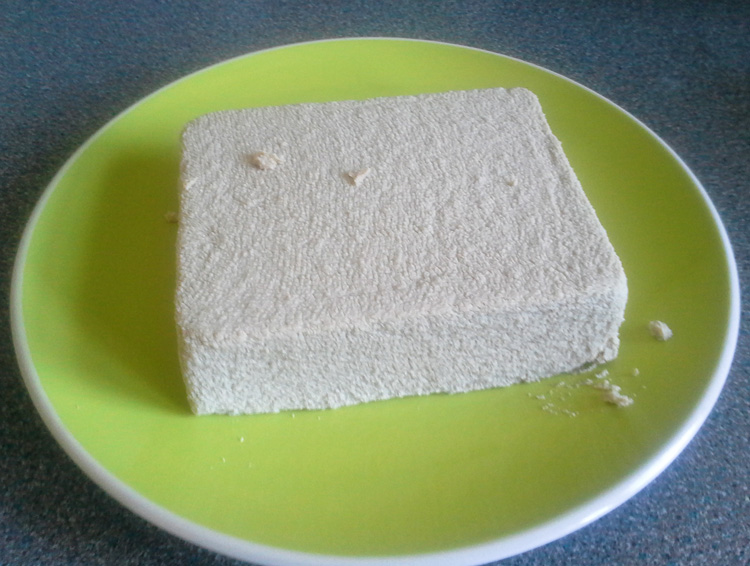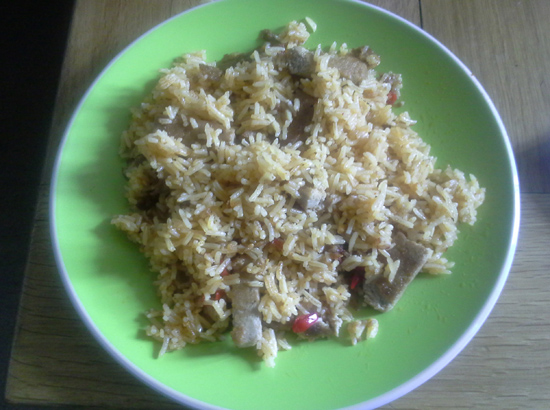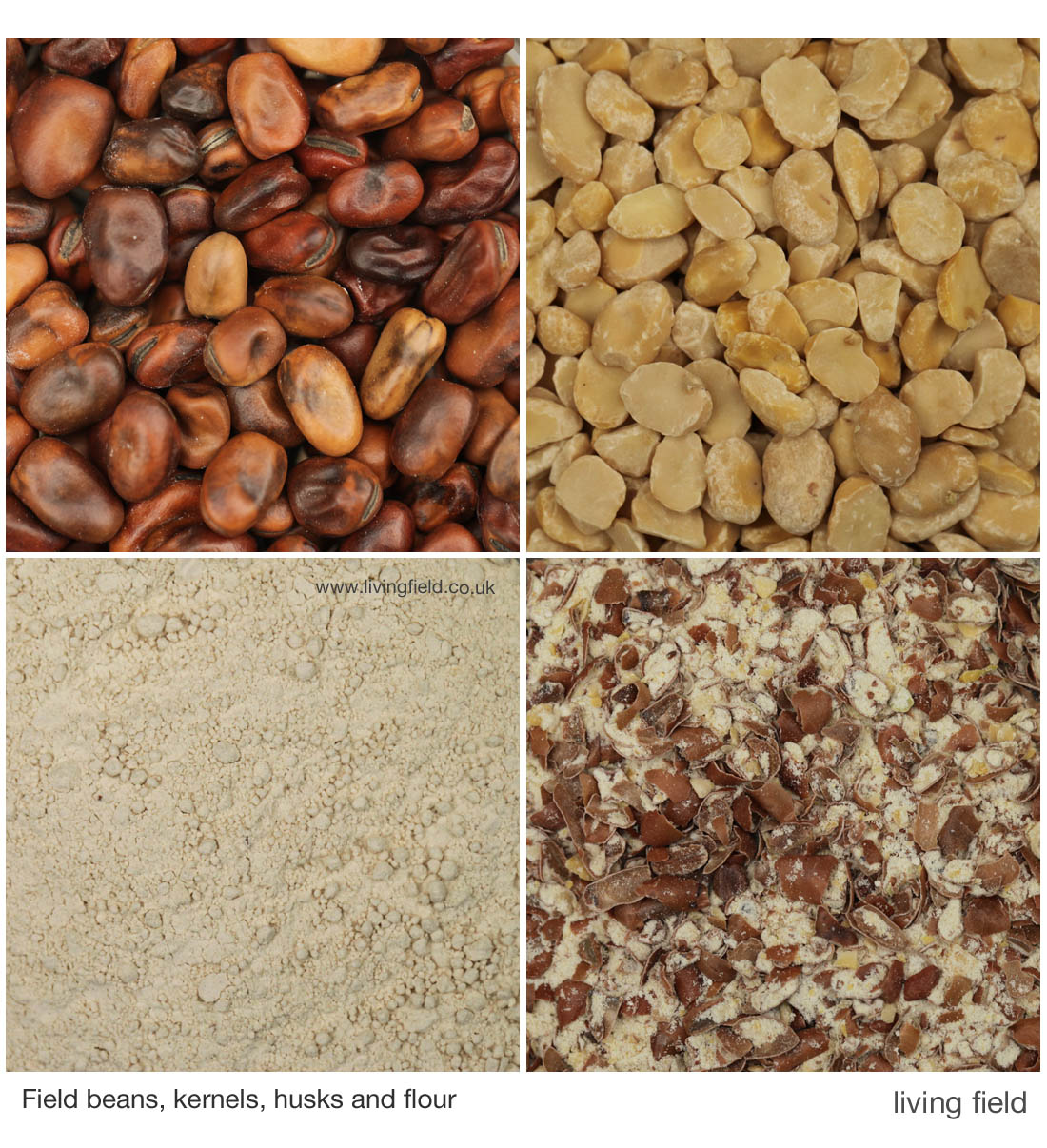Chantel Davies writes:
As a long-time vegetarian and fan of Asian food, particularly tofu, in recent years I have limited my consumption of soya due to the sustainability issues of soya production and potential negative impacts on health.
Beginnings
My inspiration grew from a Japanese anime series, ‘Yakitate!! Ja-pan’ (i.e ‘Freshly Baked!! Ja-pan’), which follows the adventures of the young protagonist, Kazuma Azuma, as he follows his passion to invent an authentic Japanese bread of which the Japanese people can be proud. In a similar vein, I have embarked on a quest to produce an authentic Scottish tofu, using local ingredients and some gastronomic daring.
I acquired some faba bean powder (flour) from the Institute’s Pete Iannetta, who is growing beans in experimental fields at the Dundee site (and using them to create new bean-based products including craft beers).
My first experiment, ScoFu No. 1, was to test the production method and make some technical adjustments. It was marginally successful, but the quantity of final product after pressing resembled a crêpe with a lot of left-over okara (bean pulp). Not really what I was aiming for, though the okara could be used for faba bean falafel – an experiment I will save for another time.
ScoFu No. 2
For ScoFu No. 2, I increased the quantity of ingredients and modified the processes. Firstly, I produced the purée. After a bit of culinary alchemy, and a handy little tofu box, I managed to produce a very neat-looking block of tofu (image below).

After a little more magical waving and muttering, the tofu became a delight of pan-fried strips, infused with chilli and garlic, served with spicy rice and a dash of soy sauce. The texture, although soft and crumbly, held together nicely when cutting and cooking.
The flavour was definitely faba bean, with a hint of bitterness due to the preparation method (and maybe the coagulant), but also a touch of umami; beany flavours are often preferred in East Asia. On a firmness scale of 1 to 5, with five being very firm, I would put this at 3.5, or ‘momen-dofu’ as the Japanese would say.
A rather delicious stock was produced in the formation of curds, which could form the base of type of miso soup, or vegetable stock.
Whilst this has been a success, there are so many different variables to consider when making tofu that can influence taste, texture and firmness that I feel my adventure has only just begun. Onward to ScoFu No.3!

Contacts, sources, links
Chantel Davies email: chantel.davies@hutton.ac.uk; c.davies@growing-research.com
The beans used to make the Scofu are locally grown faba beans Vicia faba.
Also on the Living Field web:
Feel the Pulse – our exhibition on beans at Baxter Park with Dundee Science Centre and Legumes in the Living Field garden.
Related: SoScotchBonnet – our search for the truly indigenous crop.
[Published 27 June 2017; updated with new images 21 July]

